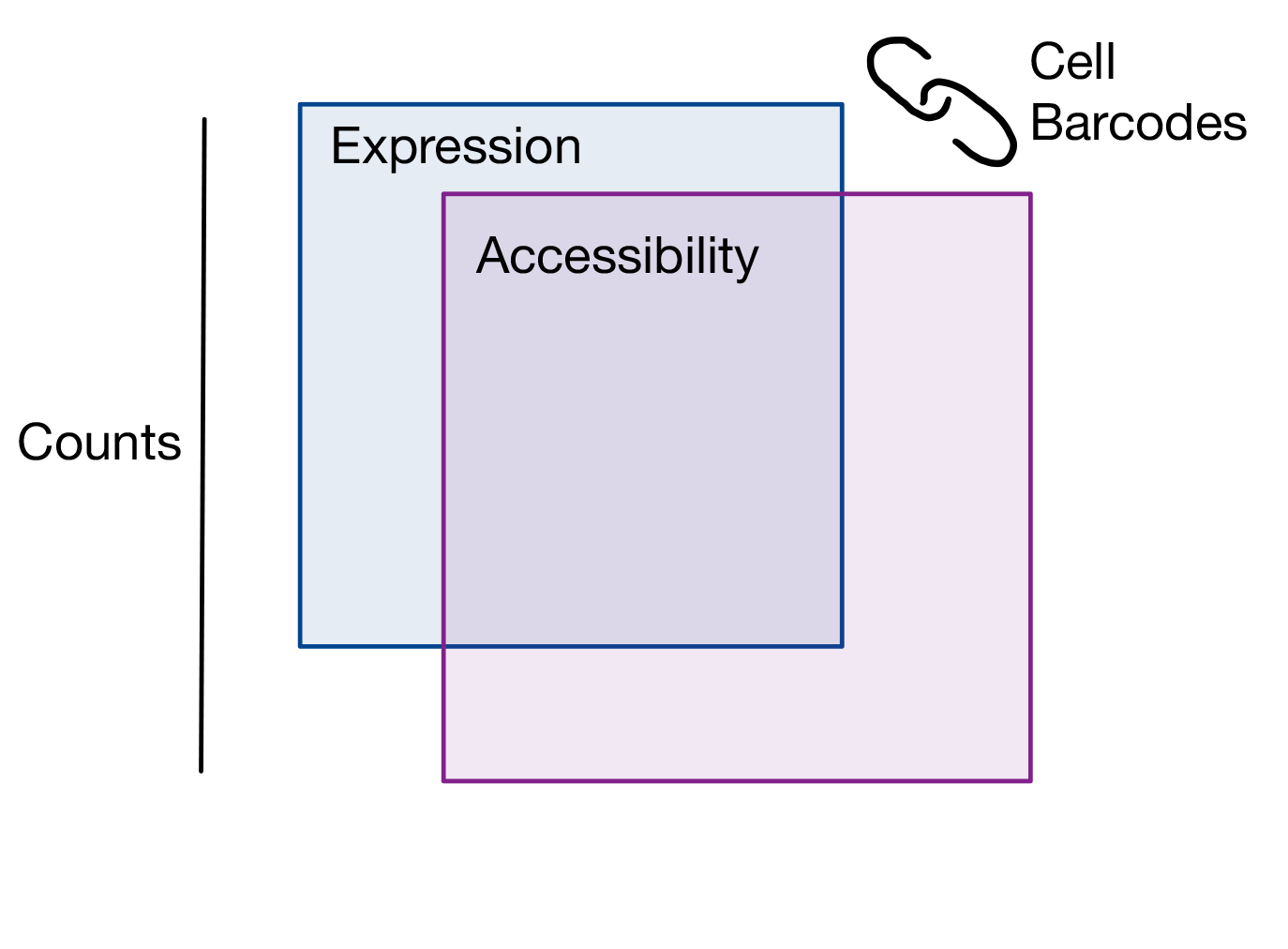
Multimodal models for Integrated Regulatory Analysis, or MIRA, is a python package for analyzing the dynamic processes of gene regulation using single-cell multiomics datasets.
MIRA works on top of Scanpy and Anndata to provide a rich, comprehensive framework integrating accessibility and expression data for more insights into your data. MIRA includes methods for:
- Multimodal topic modeling
- Construction a joint representation of cells
- Regulator and functional enrichment
- Pseudotime trajectory inference
- Cis-regulatory modeling
- Finding divergences between local chromatin accessibility and gene expression
... And more! For mora, check out the MIRA preprint on bioarxiv.
CODAL is our new algorithm for batch effect correction. All MIRA topic models use the new CODAL algorithm for inference.
See MIRA's website for tutorials and API reference.
MIRA takes count matrices from scRNA-seq, scATAC-seq, or scRNA-seq+scATAC-seq from a single-cell multiomics experiment, where each cell is measured using both assays, and measurements are linked by a shared cell barcode. We demonstrated MIRA using SHARE-seq data and commercial 10X genomics multiome data, but MIRA's assumptions and models are extensible to other multiome protocols.
MIRA can be installed from PyPI:
pip3 install mira-multiomeInstallation will take about a minute. To set up an a new analysis, we recommend starting with a fresh environment:
conda create --name mira-env -c conda-forge -c pytorch -c bioconda scanpy jupyter leidenalg
conda activate mira-env
pip3 install mira-multiome
python -m ipykernel install --user --name mira-envTo use the environment in a jupyter notebook, start the notebook server, then go to Kernel > Change kernel > mira-env.
A conda distribution is coming soon.
Training on a GPU reduces the training time of MIRA topic models. To install MIRA with PyTorch compiled with GPU support, first install MIRA, as above. Then, follow instructions at pytorch.org to find the version of PyTorch that suits your system.
If you have experience with Scanpy, we structured MIRA to follow similar conventions so that it would feel familiar and intuitive. In fact, most MIRA analyses seamlessly weave between MIRA and Scanpy functionalities for cleaning, slicing, and plotting the data. In general, the first positional argument of a MIRA function is an AnnData object, and the following keyword arguments change how the function transforms that object.
- pytorch
- pyro-ppl
- tqdm
- moods
- pyfaidx
- matplotlib
- lisa2
- requests
- networkx
- numpy
- scipy
- optuna
- anndata


